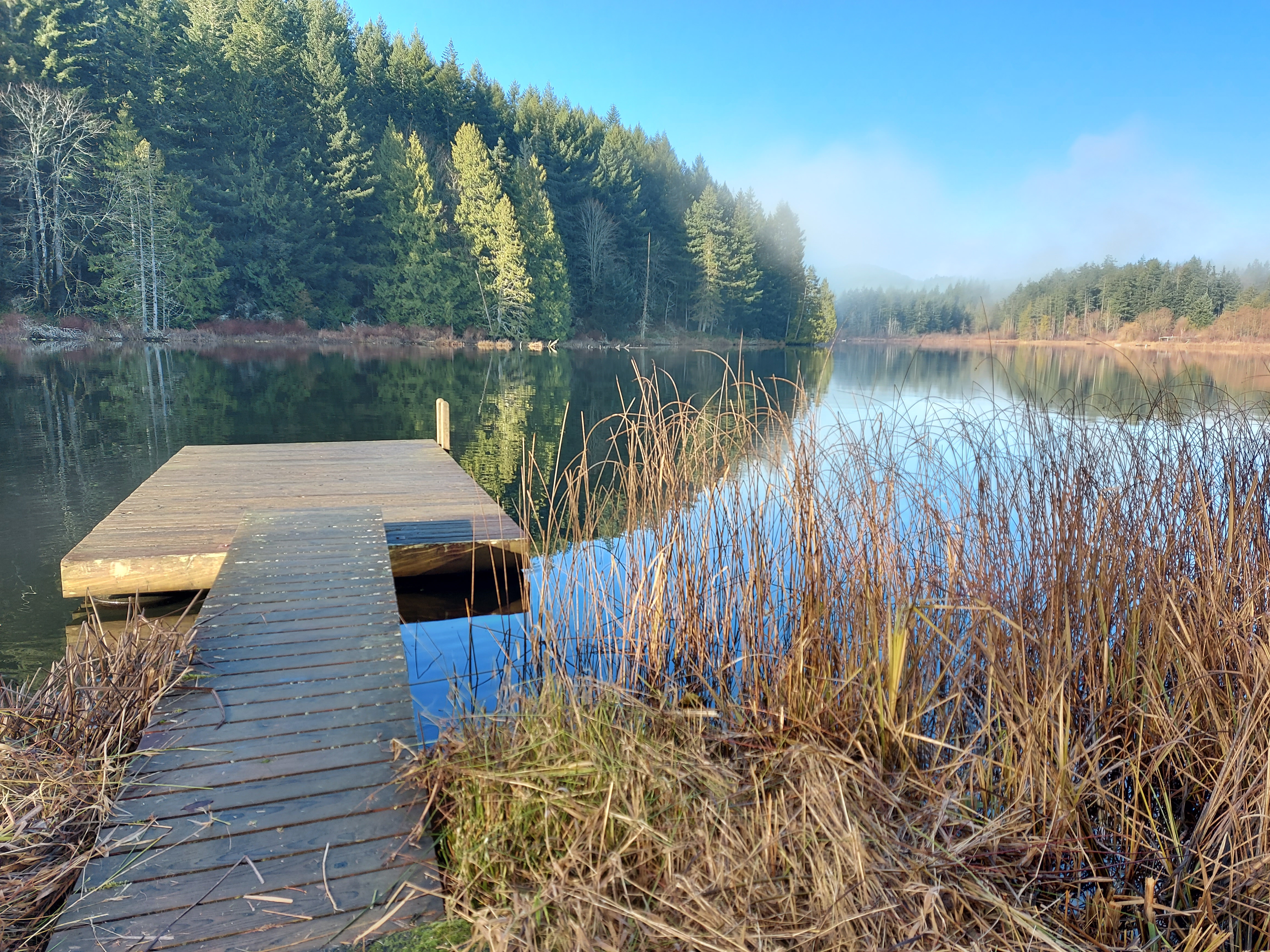If money was no object everyone would want a waterfront home after all Salt Spring is an island surrounded by water and seeing and or being close to the water is so nice.

The latest issue of Legally speaking by the (BCREA) British Columbia Real Estate Association is worth a read if you are looking at the waterfront on Salt Spring Island.
WHAT’S UP (WITH THE) DOCK?
 Waterfront properties with private docks are looking attractive at this time of the year, particularly with the weather we’ve been enjoying this summer. Licensees involved in the sale of such properties need to be aware of, and inform their clients of, the possibility that any dock or other structures built upon the foreshore (the land between the ordinary high and low water mark), may be non-compliant with the rules and regulations governing their construction and use.
Waterfront properties with private docks are looking attractive at this time of the year, particularly with the weather we’ve been enjoying this summer. Licensees involved in the sale of such properties need to be aware of, and inform their clients of, the possibility that any dock or other structures built upon the foreshore (the land between the ordinary high and low water mark), may be non-compliant with the rules and regulations governing their construction and use.
In the past, many waterfront property owners took advantage of the Ministry of Forest, Lands and Natural Resource Operation’s lack of interest in, and resources for, the enforcement of the rules and regulations associated with the construction and use of private docks. As a result, many docks were built contrary to the applicable guidelines, including the Private Moorage Guidelines, established by the Province and other levels of government. Some examples of non-compliant docks are those built:
| i) | without Provincial authorization, |
| ii) | with illegal structures, |
| iii) | contrary to local zoning and building regulations, or |
| iv) | contrary to Canadian Coast Guard or Department of Fisheries and Oceans regulations. |
In recent years, the Ministry has devoted new energy and resources to enforcing those rules and regulations to the shock of many waterfront owners who learn that they may lose their dock, or incur significant costs to rectify non-compliance.
The Province owns and regulates nearly all of the foreshore. Formerly, an owner wishing to build a dock or other structures encroaching onto the foreshore applied for a lease or license for a fixed term, typically 10 years. Both of these options involved an application with a fee, as well as rental charges. The license tenure option for private docks and has now been eliminated and replaced with both “general” and “specific” permissions which, unlike leases and or the previous type of license, do not have a fixed term and do not charge rent.
General permission applies to docks less than 24m2 in size located on rivers and lakes. No application is required for such docks. Specific permission is required for any docks larger than 24m2, any small docks that do not qualify for general permission, and all docks located along the coastal foreshore.
When an existing license expires, an owner may apply for specific permission, or a lease, or may be granted general permission to retain the use of the structures. When an existing lease expires, the owner may continue with the lease, or apply for general or specific permission, depending on the size and location of the dock.
Typically, when an owner applies for general or specific permission or to renew a lease for the continuing use of a private dock, the Ministry will review the dock and other foreshore structures for compliance. If the dock or structures could impact aboriginal interests, the Province will also consult with impacted First Nations communities.
If a dock or foreshore structures are found to be non-compliant with the regulations or guidelines in place at the time the structures were built, an owner may have to remove or modify the dock/structures to become compliant. The Ministry will issue Notices of Trespass for any offending structures, requiring removal which can be an extremely bitter pill for buyers of waterfront or semi waterfront properties to swallow.
In order to avoid complaints or lawsuits, licensees acting for sellers or buyers of waterfront properties will wish to:
| i) | investigate the status of any docks or waterfront structures, |
| ii) | avoid making any misrepresentations regarding docks or waterfront structures, |
| iii) | warn clients of the risks associated with non-compliant docks and waterfront structures, or |
| iv) | encourage buyers to exercise due diligence in investigating the issue if important to them. |
For more information, see: http://www2.gov.bc.ca/gov/content/employment-business/natural-resource-use/land-use/crown-land/crown-land-uses/residential-uses/private-moorage.
Jennifer Clee
B.A., LL.B.
The above article is “Copyright British Columbia Real Estate Association. Reprinted with permission.” BCREA makes no guarantees as to the accuracy or completeness of this information.
Here is my TV show I shot on Salt Spring about waterfront properties and docks;
Cheers,
Scott & June Simmons
The Salt Spring Team

It is interesting that they are so adamant about the size of private docks being 24 m. I know that docks can be dangerous if they stick out too far. My cousin crashed his Waverunner into a dock in the evening because they didn’t have proper lighting on it and he is stupid.